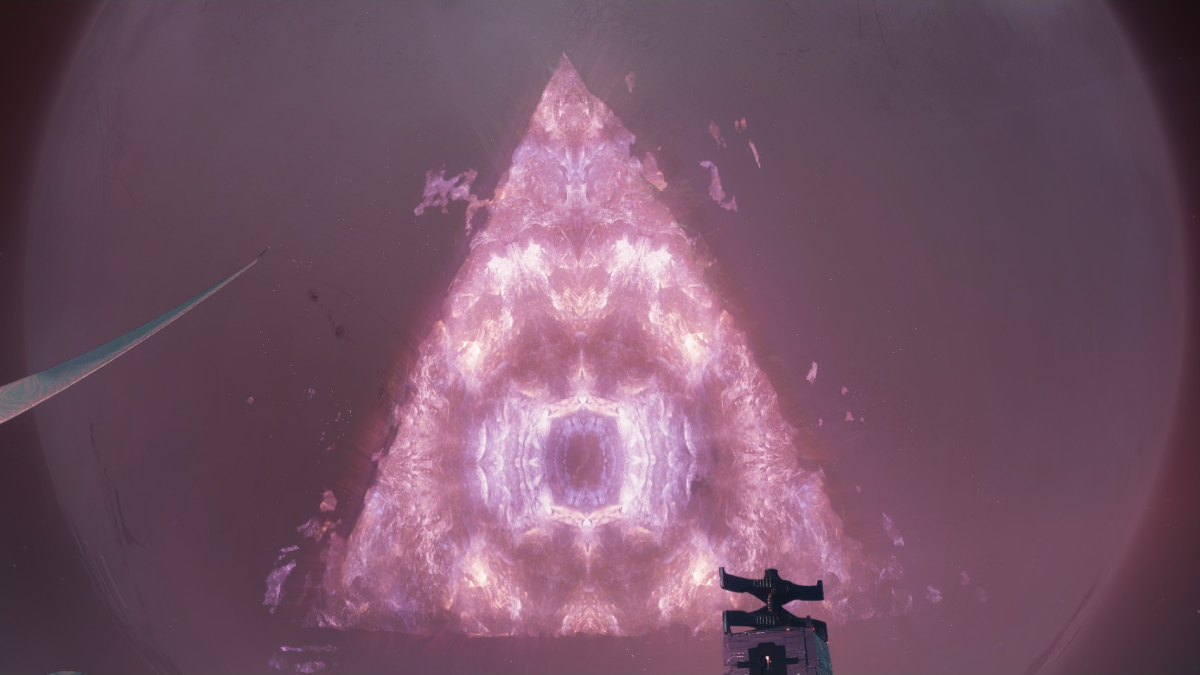VR is the next phase. That’s what the narrative is. Enthusiast press and developers praise it; people that attend gaming conventions praise it in a pipe-dream novelty kind of way, but there’s a steep price barrier, and so far a lack of substantive games. Will it be the next phase we move into? Will we walk into virtual reality as we once walked from two dimensions into three? Will it carry the same permanence? Let’s dive in.
Taste Testing
The conversion urge takes over early on. The arrival of the PlayStation and the N64 heralded the arrival of 3D gaming, and some of the most successful games during that period were conversions. Turning A Link to the Past 3D gave us Ocarina of Time; turning Super Mario Bros. 3D gave us Super Mario 64. These kinds of experiences drove the freight train of 3D forward and pushed it to the center ground. Alongside these juggernauts, however, there were others that didn’t make the cut, and they formed a “let’s try X but in 3D” movement – games like Sonic 3D Blast, Castlevania N64, and the infamous Sensible Soccer 98. The games that won people over were the ones that capitalized on 3D, which utilized it without gimmickry, and offered something that you couldn’t get elsewhere, or before. This is what we need of VR.
The good news is that VR doesn’t exactly lend itself to the conversion game; there are only a minority of specific experiences that can make the leap. Early games like Rez Infinite and EVE: Valkyrie seem to have made themselves quite comfy in their new digs. Rez takes advantage of the new hardware in a way that makes Tetsuya Mizuguchi rejoice. When it first launched for the Dreamcast back in 2001, Mizuguchi dreamed of it being played in virtual reality, so Infinite is really more of a homecoming than an innovation. EVE: Valkyrie is an arcade shooter which takes advantage of VR to put players in the cockpit. Its ‘look-to-lock missiles’ mean a turn of the head is a quick aim, and full 360 degree spatial awareness is integral to the challenge and experience of playing.

It’s difficult to make lazy conversions to just tack a VR perspective onto the chassis of an established game, and this is a good thing on paper. However, what this ends up meaning is that companies will create smaller, toy box experiences that riff on other games while presenting a brief showcase of what VR is capable of. Looking at something like Aperture Robot Repair (part of Valve’s meager contribution to the launch of its platform, the HTC Vive), little is offered resembling Portal’s gameplay. In fact, the experience doesn’t offer much in the way of interactivity. Opening desk drawers and moving parts around is as engaging as it gets, albeit with GlaDOS’ stream of insults in your ears for encouragement. Felt Tip Circus and Job Simulator (developed by Alpha Wave Entertainment and Owlchemy Labs respectively), do little to eschew the perception that VR is only tailored for immersive, short ‘experiences’, whilst offering little in terms of traditional gaming substance.
The good news for VR, especially when it’s in its infancy, is that by default, you cannot go anywhere else for a comparative experience. The N64 was lucky enough to have Super Mario 64 on launch, and so right off the bat, it made an excellent case for making the jump. Looking at VR, every experience that comes out is at least defined by its interface, and its home on the Vive, Oculus Rift or PlayStation VR. Regardless of which platform users choose, they are advancing VR, and that benefits all three of the major players. But of course the other option is not to choose any, an outcome which may prove popular given the cheapest option (PSVR) is still more expensive than the console that hosts it.




